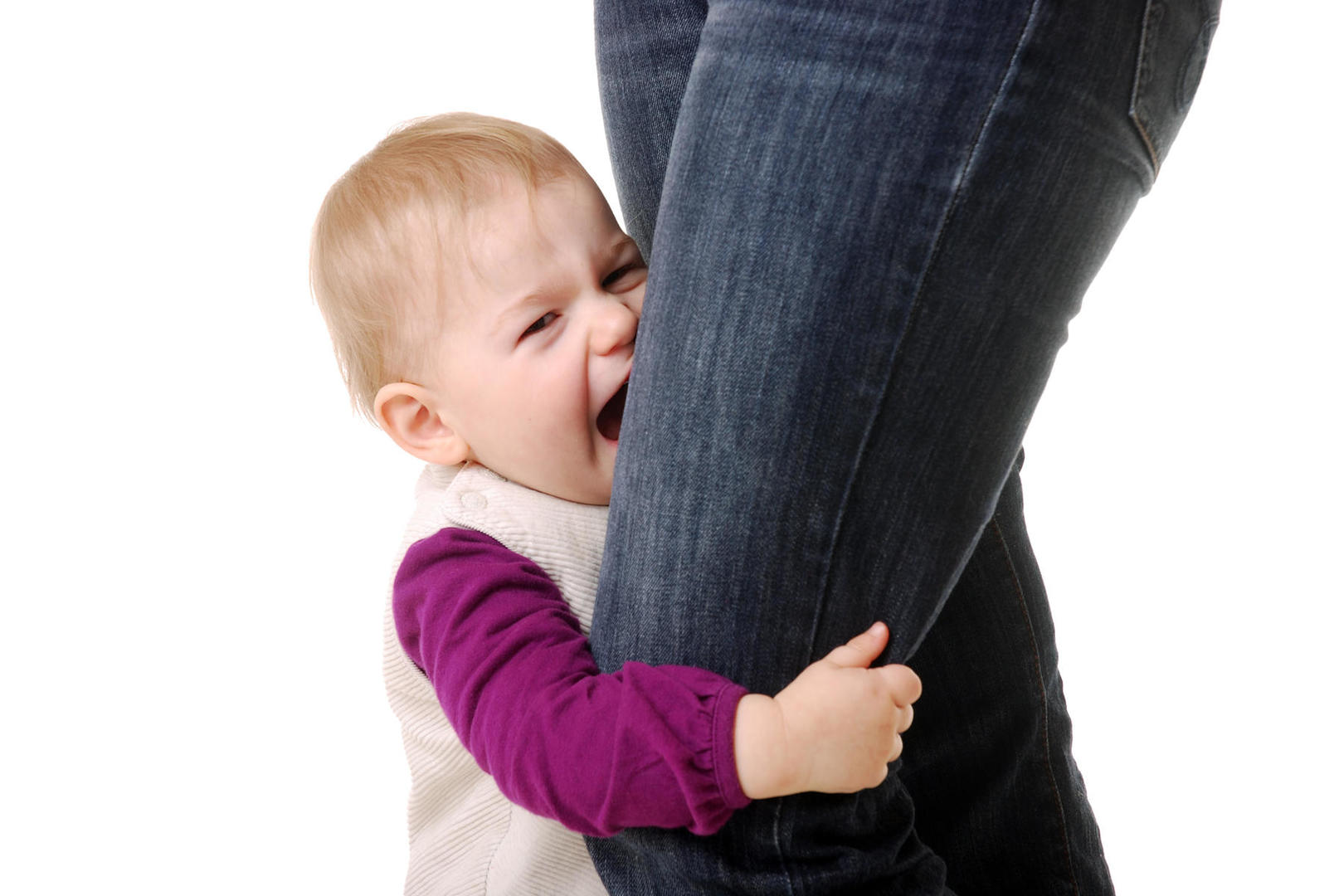Tips to Help Your Toddler Cope with Separation Anxiety
Separation anxiety is a natural part of childhood development, but it can be a challenging phase for both parents and toddlers. Whether you’re leaving your little one with a nanny, babysitter, or at a nursery, managing this transition effectively and helping your toddler cope with separation anxiety can help ease their distress. Here’s what you need to know about separation anxiety and some tips on how to help your toddlers cope with it.

What is Separation Anxiety?
Separation anxiety typically begins around six months of age and can peak between 10 and 18 months. It occurs when a child becomes distressed upon being separated from their primary caregiver. While most children outgrow it by the age of three, some may continue to struggle, particularly in new situations.
Signs of Separation Anxiety
- Clinging to parents and refusing to let go
- Crying or tantrums when left with a nanny or at nursery
- Sleep disturbances or nightmares
- Loss of appetite or changes in eating habits
- Stomach aches or headaches due to stress
Tips on How to Help Your Toddler Cope With Separation Anxiety
- Practice Short Separations – Start by leaving your child with a trusted babysitter for short periods and gradually increase the time apart.
- Create a Goodbye Ritual – A special hug, a song, or a consistent phrase can reassure your child that you’ll return.
- Introduce Caregivers Gradually – Allow your child to spend time with a new nanny or babysitter while you’re still present.
- Stay Calm and Confident – Your child will pick up on your emotions, so staying positive can help ease their worries.
- Use Comfort Objects – A favorite toy, blanket, or family photo can provide reassurance in your absence.
When to Seek Help
If separation anxiety significantly disrupts your child’s daily routine or persists beyond the toddler years, consult a pediatrician or child psychologist for guidance.
Tags: Child behaviour, Peace of Mind, Toddlers
